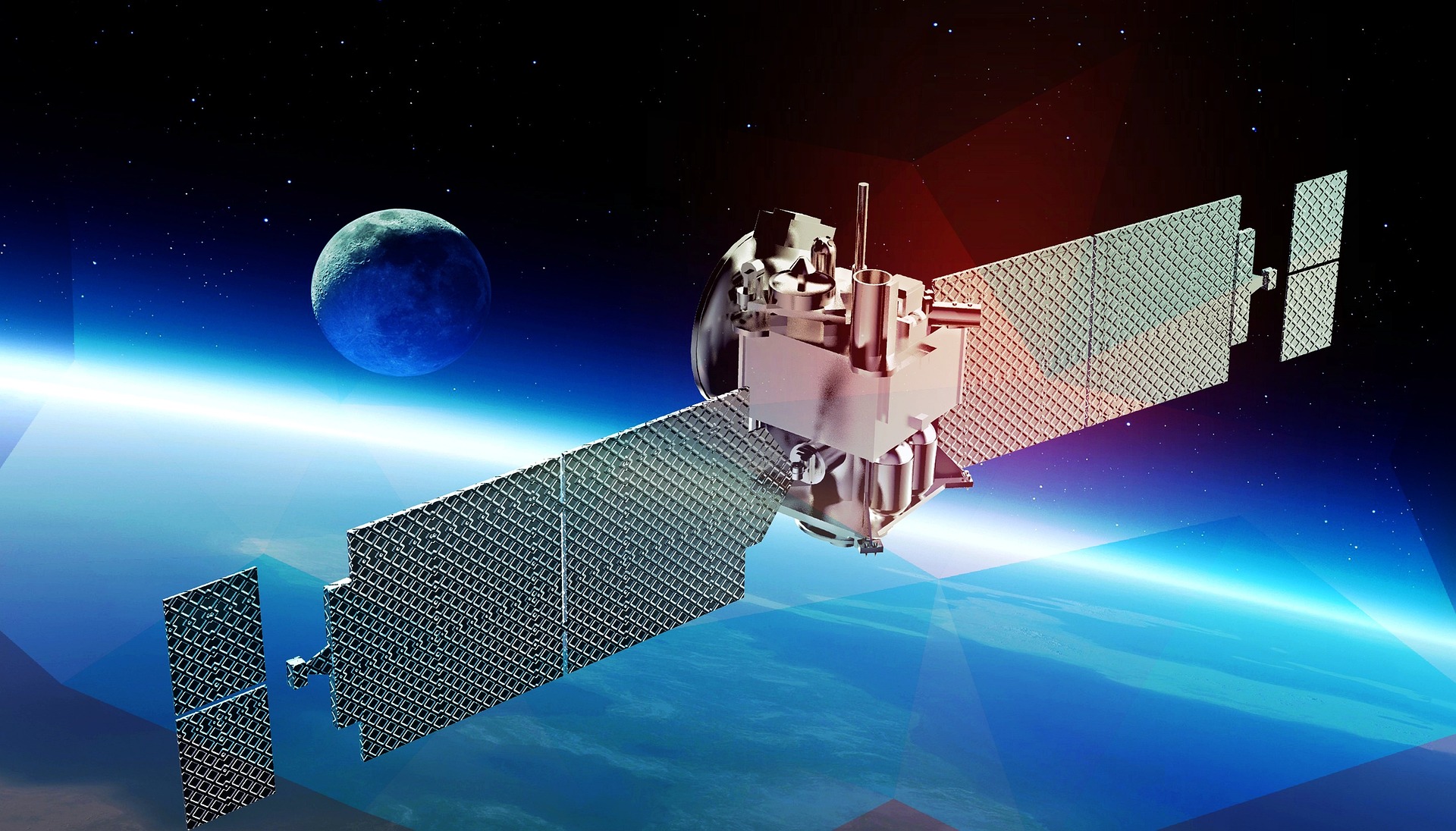Bridging the Digital Divide: The Role of Internet and Telecommunications
In the digital age, the internet and telecommunications have become integral to our day-to-day lives. From the way we communicate to how we work, learn, and entertain ourselves—connectivity is key. Yet, there exists a glaring disparity in access to these technologies across different socio-economic and geographical regions. This is often referred to as the digital divide.
What is the Digital Divide?
The digital divide refers to the gap between individuals, households, businesses, and geographic areas at different socio-economic levels and their opportunities to access information and communication technologies. It’s a global issue that affects both developed and developing countries and spans urban and rural areas.
A Historical Perspective
The concept of the digital divide emerged in the mid-1990s with the advent of the internet. Initially, the divide was seen predominantly as a gap in access to computers. However, as technology evolved, the focus shifted towards the disparity in internet access. Over time, the divide has expanded to include differences in technology literacy and the ability to use information effectively.
The Current Landscape
Today, the digital divide is more pronounced than ever. Despite advancements in internet and telecommunications technology, access remains unevenly distributed. For instance, while high-speed internet is commonplace in urban and developed regions, many rural and underprivileged areas still grapple with slow or no connectivity.
Moreover, the COVID-19 pandemic has further highlighted the divide, with remote work and online learning necessitating reliable internet access. Those without such access have found themselves at a significant disadvantage, thereby exacerbating existing inequalities.
The Impact and Challenges
The implications of the digital divide are far-reaching. Lack of access to the internet and telecommunications services can hinder education, economic opportunities, and social mobility. It creates a cycle of inequality that can be hard to break.
Addressing the digital divide is not without its challenges. Infrastructure limitations, high costs, and lack of digital literacy are significant hurdles. Furthermore, the rapid pace of technological advancement means that even as progress is made, new gaps can emerge.
Practical Applications and Solutions
Several initiatives are underway globally to bridge the digital divide. Governments, non-profits, and private companies are working together to improve infrastructure, lower costs, and enhance digital literacy.
For instance, community broadband networks are being established in some areas to provide affordable, high-speed internet. Public libraries and community centers are offering free internet access and digital literacy training. Tech companies are developing low-cost devices and applications suited for low bandwidth environments.
However, these solutions are not one-size-fits-all. Strategies must be tailored to the unique needs and circumstances of each region. Continued research, innovation, and collaboration will be critical in effectively addressing the digital divide.
In Conclusion
The digital divide is a complex issue with deep-rooted socio-economic and geographical factors. While significant challenges exist, concerted efforts from various stakeholders can make a difference. As we move further into the digital age, ensuring equal access to internet and telecommunications services is not just a matter of fairness—it’s essential for global progress.





